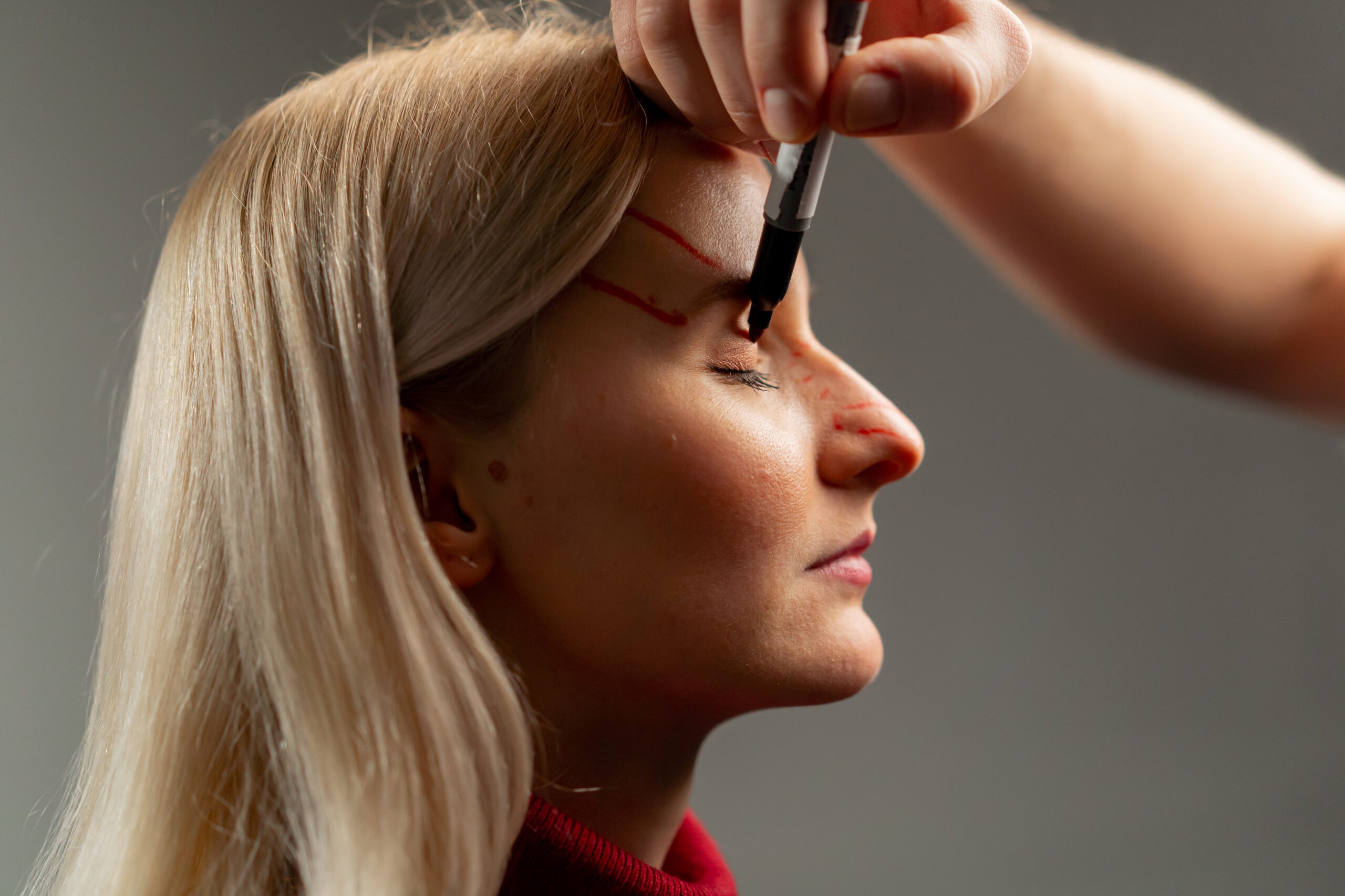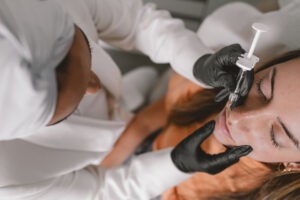
The Role of Exosome Therapy in Scar Reduction
Surgical scars are an inevitable part of many medical procedures. While some scars fade over time, others can remain raised, discolored, or uneven, affecting a patient’s confidence and comfort. Traditional treatments such as lasers, silicone sheets, and steroid injections have been commonly used to improve scar appearance—but a groundbreaking innovation is now changing the game: exosome therapy.
Exosomes are tiny extracellular vesicles that play a crucial role in cell-to-cell communication, carrying proteins, lipids, and genetic material. Researchers have discovered that exosomes derived from stem cells have powerful regenerative properties, making them a promising tool for scar remodeling and wound healing after surgery.
How Exosomes Improve Scar Healing
Exosome therapy works by enhancing the body’s natural healing processes. These vesicles contain growth factors, cytokines, and messenger RNA, all of which help tissue repair and promote collagen organization, a key factor in preventing raised or thick scars. Here’s how exosome treatment benefits post-surgical healing:
- Reduces inflammation: One of the primary causes of scarring is uncontrolled inflammation. Exosomes help regulate the immune response, minimizing excessive inflammation that can lead to unsightly scars.
- Stimulates collagen production: Healthy collagen production is essential for smooth, even skin. Unlike disorganized scar tissue, the collagen encouraged by exosome therapy mimics natural skin structure, reducing the appearance of scars.
- Improves skin elasticity and texture: Exosomes contain components that enhance skin regeneration, keeping it supple and reducing stiffness in the healed tissue.
- Speeds up post-surgical recovery: Faster healing means less risk of complications and improved overall scar appearance.
How Exosome Therapy Compares to Traditional Scar Treatments
Many established methods have been used to improve surgical scars, but exosome therapy offers unique advantages. Let’s compare it to popular alternatives:
Laser Therapy
Laser treatments, such as fractional CO2 or resurfacing lasers, help break down old scar tissue and stimulate collagen renewal. However, lasers can be aggressive and require multiple sessions with potential side effects like redness, swelling, or hyperpigmentation.
Exosomes, on the other hand, work at a cellular level, enhancing natural healing and reducing inflammation without downtime.
Silicone-Based Treatments
Silicone sheets and gels help soften scars and improve hydration, making them less raised and rigid over time. While effective, these treatments only address surface-level concerns and do not actively promote deeper skin regeneration like exosomes do.
Steroid Injections
Steroids are often used to flatten raised scars, especially hypertrophic or keloid scars. However, excessive use can lead to skin thinning, discoloration, and other unwanted side effects. Exosomes, in contrast, encourage balanced healing without weakening the skin’s structure.
Who Can Benefit from Exosome Therapy for Scars?
Exosome therapy is showing promising results for various types of surgical scars, making it an excellent option for individuals who:
- Have undergone cosmetic or reconstructive surgery and want to minimize visible scarring.
- Experience slow or problematic healing due to genetics or underlying medical conditions.
- Have a history of hypertrophic or keloid scarring and need proactive treatment to prevent recurrence.
- Are looking for a natural alternative to invasive scar reduction procedures.
While exosome therapy is still relatively new, early clinical studies and patient experiences suggest it is a breakthrough in regenerative medicine for scars. Consulting with a specialist can determine whether this treatment is right for your specific healing needs.
The Future of Exosome Therapy in Scar Prevention
As research into regenerative medicine expands, exosome therapy is expected to become a mainstream solution for optimizing post-surgical healing. Future developments may include:
- Customized exosome formulations tailored to individual skin types and healing responses.
- Combination therapies, where exosomes are used alongside lasers or microneedling for enhanced results.
- More accessibility and affordability as technology advances and production scales up.
If you’re undergoing surgery and want to reduce scarring, now is the time to explore advanced post-operative treatments like exosome therapy. Book a consultation today and discover how exosomes can support your skin’s healing journey.

